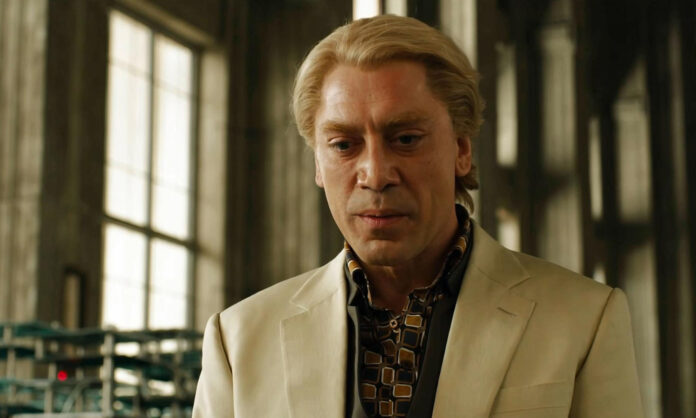In a guest post on Writers Helping Writers, Savannah Cordova identifies five mistakes to avoid when creating an antagonist.
Of course, your antagonist needs to be as fully developed and well-rounded as your hero, and should have a fleshed out backstory. Your villain should be able to elicit a bit of sympathy from your reader. That means you shouldn’t make them entirely unsympathetic.
Notably, Cordova says your hero’s and villain’s stories should be intertwined. Don’t wait until the final confrontation to put them face-to-face. “Some authors might think this creates a sense of mystery and narrative suspense,” she says. “But while this tactic might work well for a short story, it starts to feel tedious and flat-out strange in a novel.” If your protagonist and antagonist have shared history or another kind of connection, even better.












